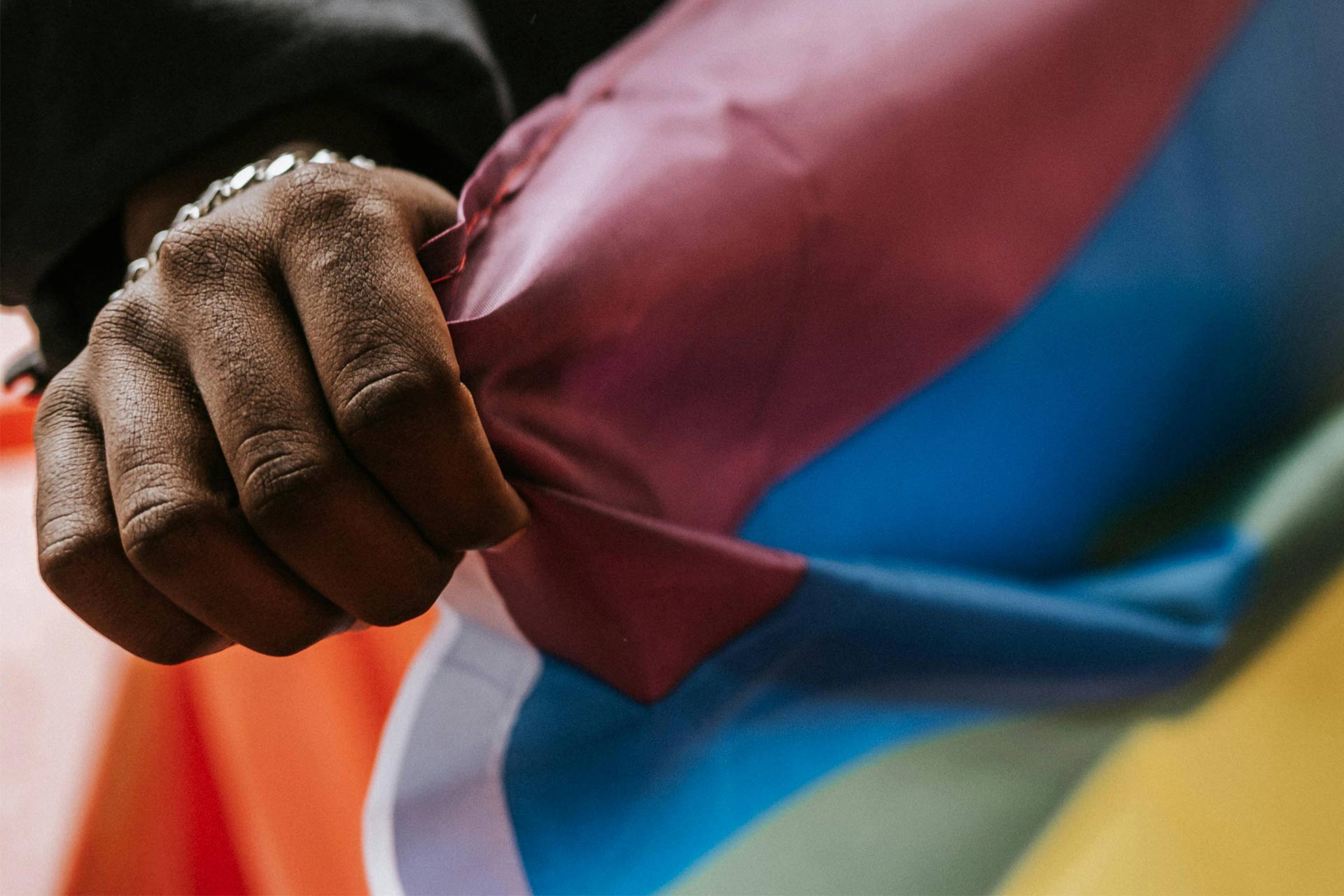
Celebrating the theme of 'Standing Firm in Power and Pride' for this year's Black History Month, Ella Ryan gives us insight into the history of the Combahee River Collective.
In 1970s Boston, the murders of eleven Black women sparked outrage across the Black community, particularly with one radical group of Black feminist lesbians.
I first came across the Combahee River Collective (CRC) during a lecture on Race Politics in my first year, and they immediately piqued my interest. Named after the Combahee River Raid, where Harriet Tubman helped to free over 750 enslaved people during the American Civil War, the CRC fought for the recognition of issues facing multiply oppressed peoples (namely, queer, working-class, Black women).
From 1974 to 1980, this group of radical Black feminist lesbians fought against the racial and sexual violence faced by Black women in Massachusetts and sought to highlight how other oppressive structures, like class and sexuality, also had brutal impacts. Founded by Barbara Smith, Beverly Smith and Demita Frazier, this movement devoted themselves to making people listen to the struggles of queer Black women, and highlighting the prejudices that were prevalent in other liberation movements at the time, even if it meant putting themselves in harm’s way.
The feminist movement was deeply racist and focused on middle-upper-class white women, failing to acknowledge the issues facing Black women. The Civil Rights movement was highly misogynistic and sought mostly to fight for the rights of Black men. This left Black women caught in the crossfire of multiple forms of oppression, giving them a unique experience of inequality that could not be understood by the rest of the population. Even the National Black Feminist Organisation failed to recognise the struggles of working-class and queer Black women.
The CRC released the Combahee River Collective Statement in 1977. Here, they stated that Black women’s liberation is a necessity and that neither the Civil Rights movement nor the Feminist movement could deliver it due to their own prejudices. Without coining the term, they developed the concept of intersectionality and demonstrated how a lack of understanding of the struggles of multiply oppressed peoples affects the lives of Black women daily.
The activist work the CRC did has had lasting effects. They fought against police brutality; they successfully helped to desegregate Massachusetts schools; most famously, they fought for the justice of eleven murdered Black women. When these women were murdered over the span of a year and the police seemingly did not care, the CRC took it into their own hands to fight for justice. They released pamphlets (such as Eleven Black Women: Why did they die?) and organised a march of over 500 people on Boston’s streets in 1979.
The legacy of the Combahee River Collective is still alive today. Despite disbanding in the 1980s, their message of the necessity of the liberation of Black women and the importance of understanding intersectionality (a term eventually coined by Kimberle Crenshaw in the 80s) has been crucial to the contemporary Black feminist movement and other liberation movements. The message that feminism should be for the liberation of all women: white, Black, rich, poor, queer, and straight, is still crucial today. All women deserve freedom, and anything less is not feminism, according to the CRC. Similarly, the civil rights movement should liberate all Black people, not just the men. The centralisation of Black women’s experiences as unique and important brought a new perspective in fighting oppression, with the lasting impacts of this still being felt today in movements such as Black Lives Matter. The CRC serve as a vital reminder of where contemporary Black feminism came from and the necessity of its continuation in an uncertain political climate.